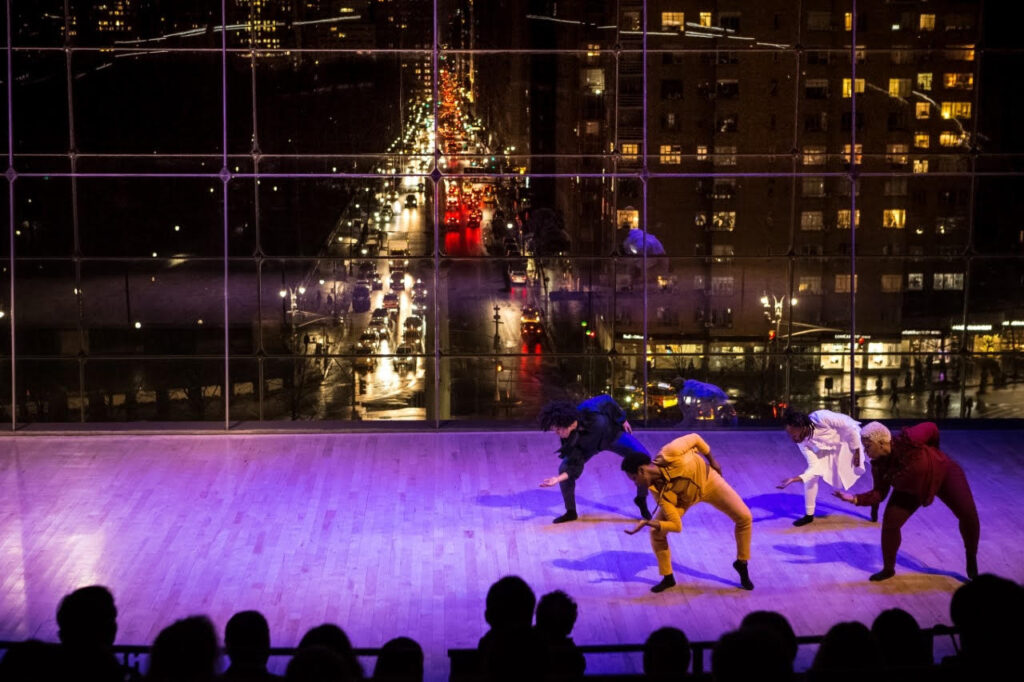
On a cold winter evening three years ago, my granddaughter, one of her friends and her friend’s grandmother, attended a dance showcase with me at the Dixon Place Theater in lower Manhattan. Towards the end of the program, Lee Edwards and Dancers performed and I immediately felt that we had made the right decision to witness an emotional and moving evening of dance and poetry. I knew I wanted to follow Lee’s career and be a collaborator on a future project.
Through the years, dancing in church, parents’ backyard and in various dance venues, Lee has become a serious performing artist and presently is a candidate for a Masters of Fine Arts in Dance and a Graduate Certificate in African & African American Studies at Duke University. These are edited excerpts from our phone conversations.
Roger: So many performing artists began in church. What is it about the church experience that influenced you?
Lee: Church provided a space for me to explore the arts outside of my home.
Roger: When I saw your company perform, mental health was one of your themes. What inspired you to include that in the performance?
Lee: I was living in Philadelphia and working in the school system as emotional and behavioral support staff, while working to understand the importance of my own mental health. In the piece, I talk about my own struggles with depression and experiences as a teacher.
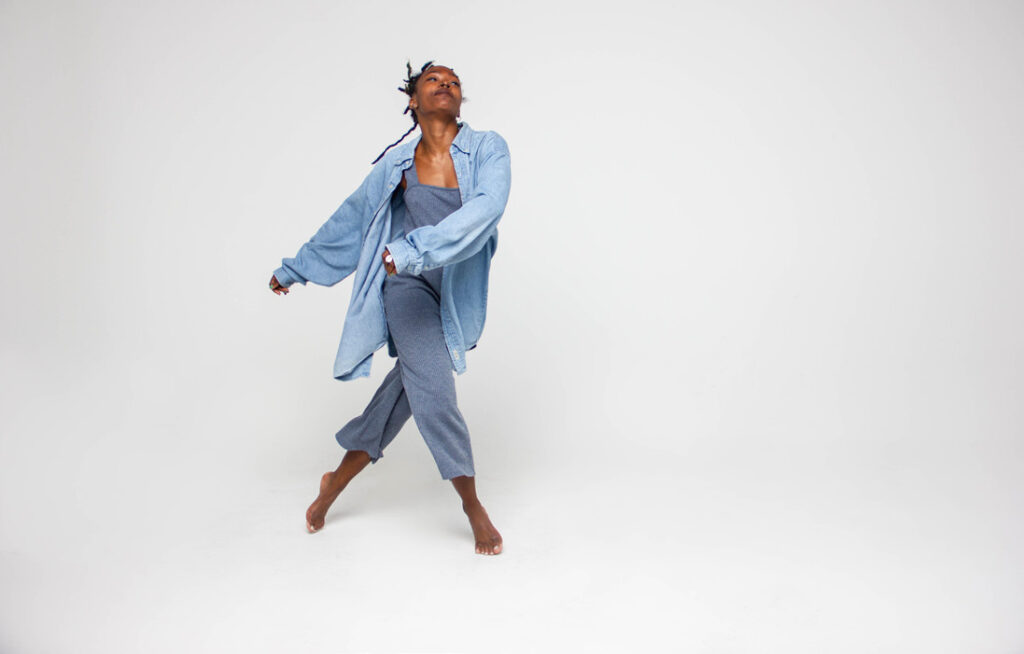
Roger: As an artist do you feel a responsibility to address social and political issues?
Lee: Yes, Nina Simone said “An artist’s duty is to reflect the times.”
Roger: At what point did you want to include poetry and storytelling with movement?
Lee: In college. The first time was for a class assignment, at The University of the Arts in Philadelphia, I put a Tupac Shakur interview with a Kendrick Lamar song, and audio I recorded while walking through the city, and set it to movement. My senior year I choreographed Silence is the Noise of the Deferred Dream, another original dance with text.
Roger: Sometimes, entertainment values of performance get overwhelmed by social and political statements. How do you balance those two performance goals?
Lee: My goal is to offer a story and share an experience, and keeping that in mind maintains the balance.
Roger: You’ve performed with Putty Dance Project, DanceSpora and Lela Aisha Jones|FlyGround. What were those experiences like?
Lee: I enjoyed dancing with all those companies. Putty explored the connection and communication between music, text, musicians and dancers. Lauren Putty White and Brent White are the Co-Directors. With FlyGround, Lela Aisha Jones, the Founder and Director has been a mentor. Encouraged me to get my Masters. I was trained in ballet. Love ballet. My initial goal after college was to work with a contemporary ballet company whose choreography felt good on my body and DanceSpora headed by Heidi Cruz-Austin was that.
Roger: What are the challenges of having your own company versus dancing for another company?
Lee: I was young, and still learning. I learned how to be flexible and coordinate multiple schedules. I was funding it and paying my dancers and collaborators out of pocket. I was also working three jobs and freelancing so I was tired, and sick a lot of time, but had people supporting my creative journey. As both a choreographer and a dancer I have learned a lot about the different types of rehearsal spaces and the role of the choreographer in creating space that holds the project and the people within the project. My role as a dancer varies based upon what’s asked of me, but my job is always to remain present and be aware of the energy I am contributing to the space.
Roger: How has Covid impacted you and the dancers you work with?
Lee: Covid was really rough. Not being able to dance in person was really challenging. Performances and gigs I had lined up with other companies were canceled. A lot of dancers danced virtually. I did not. Fortunately, I was able to dance in my parents backyard, then I started school and went back to dancing in person.
Roger: How do you see the connection between dance and African & African American Studies?
Lee: One hundred percent connected. You can’t talk about dance and not talk about Black people. I’m currently doing embodied research, investigating what the body holds, viewing the body as an archive and movement as an expression of that archive.
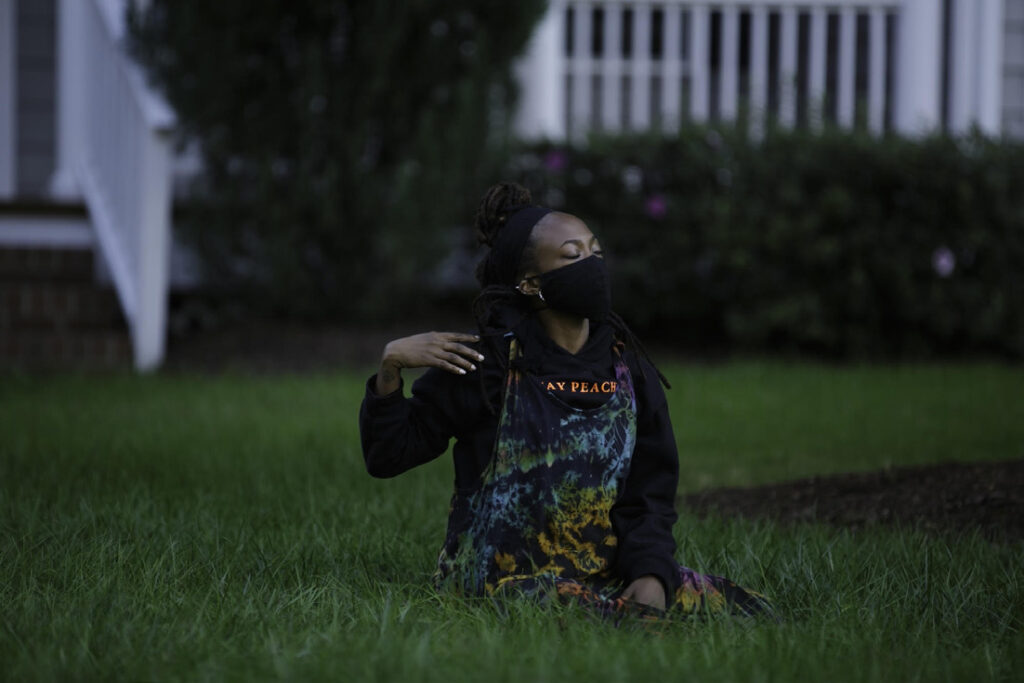
Roger: Talk about your recent installation at Duke that is part of your thesis.
Lee: The title is Cyclical Navigations: In the In Between. It’s an interdisciplinary installation that contains interviews with multigenerational Black folks and excerpts from the lettering practice where participants are asked to write letters with their bodies through movement then transcribe what they wrote from movement into written text from memory. The letters hang throughout the installation. There is also an ancestral altar, a video projection and three monitors with myself and six other folks dancing. The installation is an investigation of embodied storytelling.
Roger:What comes to mind when I say Katherine Dunham, Urban Bush Women and Camille A. Brown?
Lee: Pioneer….. Radical….. Stories of Black culture.
Roger: What should we expect from Lee Edwards in the next few years?
Lee: I’m not sure. More dance. More artwork. Great things (laughs). Graduation. G&S

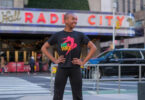
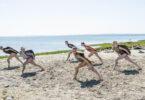
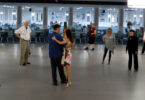
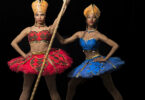
Thank you for this interview, Roger. I wish Lee Edwards continued success!